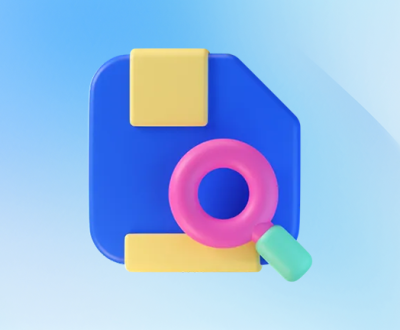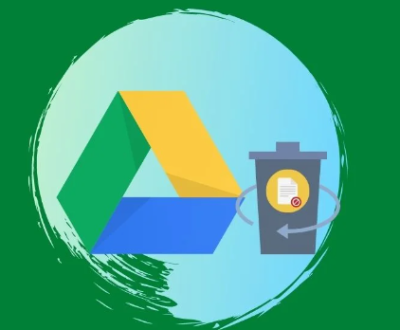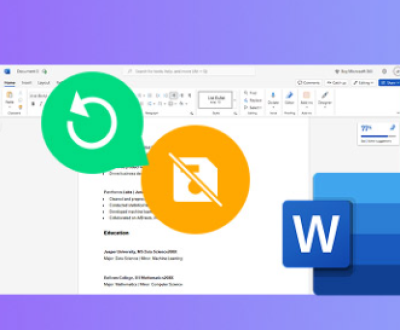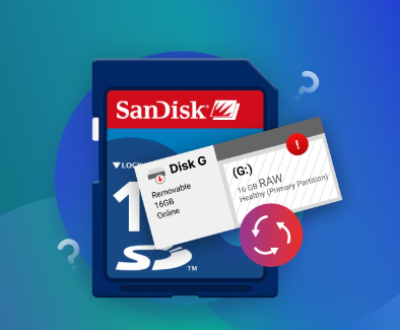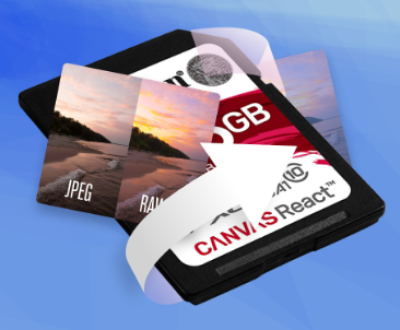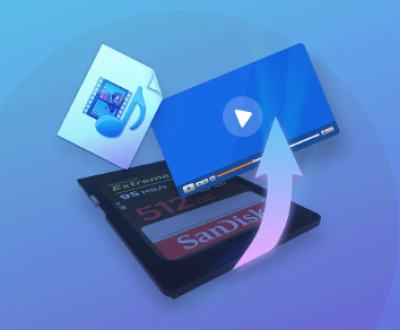Losing photos from an SD card can be one of the most distressing experiences, especially when these photos hold sentimental value. Whether it’s vacation photos, special moments with family, or work-related images, the thought of losing them permanently is a nightmare. Fortunately, the digital age offers a way out with photo recovery software.
While premium tools offer extensive features and support, there are several free photo recovery options available for Mac users. This guide will explore some of the best free recovery software for Mac that can help you recover lost or deleted photos from SD cards. We’ll cover the software’s features, how to use them, and some troubleshooting tips.

1. Why Photos Get Deleted or Lost
Before jumping into recovery methods, it’s important to understand why photos get deleted or lost from an SD card. Here are some common causes:
Accidental Deletion: Photos are mistakenly deleted while cleaning up the SD card.
Card Formatting: Formatting the SD card, either intentionally or unintentionally, can erase all data on it.
Corruption: Improper removal, exposure to extreme conditions, or virus infections can corrupt the SD card, making photos inaccessible.
File System Issues: SD cards that aren’t properly ejected from the device can lead to issues with the file system, preventing access to your photos.
Physical Damage: Damage to the SD card itself, such as exposure to water or heat, may cause data loss.
No matter the reason behind data loss, free software can help retrieve your precious photos.
2. Best Free Photo Recovery Software for Mac
Here are some of the best free options available for Mac users:
2.1 Panda Assistant
Panda Assistant also includes features like real-time file previews, allowing you to review recoverable files before initiating the restoration process. This helps ensure that you recover only the files you need. For users who want to recover files from specific devices or partitions, Panda Assistant offers customizable scanning options, helping you target particular drives or file types for more efficient recovery.
While Panda Assistant provides a free version for basic file recovery, users can access even more advanced features with a premium subscription. The premium version offers higher recovery limits, access to priority support, and additional tools for more complex recovery scenarios.
In summary, Panda Assistant is a reliable and accessible data recovery tool that can effectively help you recover lost files. Whether you’re recovering photos from an SD card or restoring documents from a crashed hard drive, Panda Assistant provides an easy-to-use solution with powerful capabilities.
2.2 PhotoRec
Overview:
PhotoRec is another open-source recovery tool created by the developers of TestDisk. While TestDisk focuses on partition recovery, PhotoRec specializes in recovering lost files, including photos.
Features:
It can recover photos, videos, documents, and other file types from SD cards.
Works with a variety of file systems, including FAT32. NTFS, HFS+, and exFAT.
Simple to use with basic settings, even for beginners.
How to Use PhotoRec:
Download and Install: Like TestDisk, PhotoRec is available for free. Download it and unzip the file to your computer.
Launch PhotoRec: Run the software and select your SD card from the list of available drives.
Select File Types: Choose the file types you want to recover (in this case, images or photos).
Scan for Lost Files: Start the scan. PhotoRec will search for recoverable photos and display them once the scan is completed.
Save the Files: After the scan, choose a destination folder on your Mac to save the recovered images.
Limitations:
The user interface is text-based, which may be difficult for non-technical users to navigate.
Recovered files may not retain their original filenames.
2.3 Disk Drill
Overview:
Disk Drill is a more user-friendly free photo recovery software that supports both Windows and macOS. It’s designed to help users recover lost files from various devices, including SD cards.
Features:
Can recover up to 500 MB of data for free (additional data recovery requires a paid version).
User-friendly graphical interface.
Supports all major file systems (FAT, NTFS, exFAT, HFS+).
Offers additional data protection features like data backup and disk health monitoring.
How to Use Disk Drill:
Download and Install: Install the free version of Disk Drill from the official website.
Launch the Application: Open the app and select the SD card you want to recover photos from.
Scan the SD Card: Click on the “Search for lost data” button to initiate the scan. Disk Drill will start scanning for deleted or lost photos on your SD card.
Preview and Recover: Once the scan is complete, Disk Drill allows you to preview the recoverable photos. Select the ones you want to recover, and click the “Recover” button.
Save the Files: Choose a location on your Mac to save the recovered images.
Limitations:
The free version has a limited amount of data that can be recovered (500 MB).
Some advanced features require a paid upgrade.
2.4 EaseUS Data Recovery Wizard for Mac
Overview:
EaseUS Data Recovery Wizard is a reliable data recovery software that works well with Mac systems. While the free version only allows the recovery of up to 2 GB of data, it’s still a good option for users with limited data recovery needs.
Features:
User-friendly interface that’s easy to navigate.
Supports recovery of all file types, including images, videos, and documents.
Supports HFS+, FAT32. exFAT, and other file systems.
Allows users to preview recoverable files before restoring them.
How to Use EaseUS Data Recovery Wizard:
Download and Install: Download the free version of EaseUS Data Recovery Wizard for Mac from the official site.
Select the SD Card: Launch the program and choose the SD card you want to recover photos from.
Start Scanning: Click on the “Scan” button to search for lost files. The scan may take some time depending on the size of the SD card.
Preview and Recover Files: Once the scan is complete, preview the recoverable photos. Select the files you want to restore and click “Recover.”
Save the Files: Choose a folder on your Mac to save the recovered images.
Limitations:
The free version only allows for up to 2 GB of data recovery.
Some advanced features, like deep scans, require a paid version.
2.5 Wondershare Recoverit
Overview:
Wondershare Recoverit is a popular data recovery tool that works on both Windows and Mac platforms. It’s capable of recovering photos, videos, and other files from SD cards and other storage devices.
Features:
Supports all major file systems, including FAT32. exFAT, and HFS+.
Easy-to-use interface with both Quick and Deep scan options.
Allows you to preview recovered files before saving them.
Offers 100 MB of free recovery.
How to Use Wondershare Recoverit:
Download and Install: Download the free version of Wondershare Recoverit for Mac from the official website.
Select the SD Card: Launch the program and select the SD card from the list of available drives.
Scan for Lost Files: Choose the “Start” button to begin scanning the SD card for recoverable files.
Preview and Recover: Once the scan is completed, preview the photos and select the ones you want to restore.
Save the Files: Click “Recover” and choose a location to save the recovered files.
Limitations:
The free version only allows up to 100 MB of data recovery.
Some advanced features require a paid version.
3. Tips for Improving Your Chances of Recovery
While using photo recovery software can be effective, there are some key tips you should follow to maximize your chances of successful recovery:
Stop Using the SD Card: Once you realize your photos are lost, avoid using the SD card. Continued use may overwrite the deleted files, making recovery more difficult.
Use a Different Storage Device: Always save recovered files to a different storage device, not the same SD card, to avoid overwriting data.
Perform a Deep Scan: If a quick scan doesn’t yield results, consider using a deep scan option for a more thorough search.
Backup Your Data: Once your files are recovered, create backups on multiple devices or cloud storage to avoid future data loss.
About us and this blog
Panda Assistant is built on the latest data recovery algorithms, ensuring that no file is too damaged, too lost, or too corrupted to be recovered.
Request a free quote
We believe that data recovery shouldn’t be a daunting task. That’s why we’ve designed Panda Assistant to be as easy to use as it is powerful. With a few clicks, you can initiate a scan, preview recoverable files, and restore your data all within a matter of minutes.
Subscribe to our newsletter!
More from our blog
See all postsRecent Posts
- How to recover lost files on sd card 2025-07-18
- How do i recover a lost document in word 2025-07-18
- How to recover lost files on windows 10 2025-07-18

 Try lt Free
Try lt Free Recovery success rate of up to
Recovery success rate of up to

